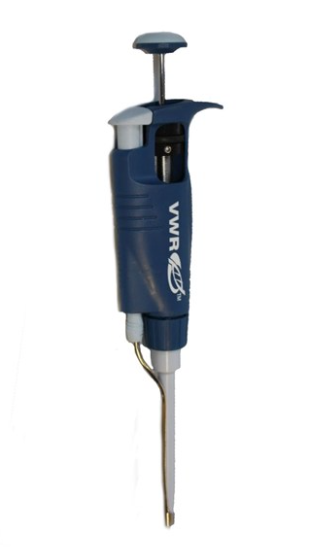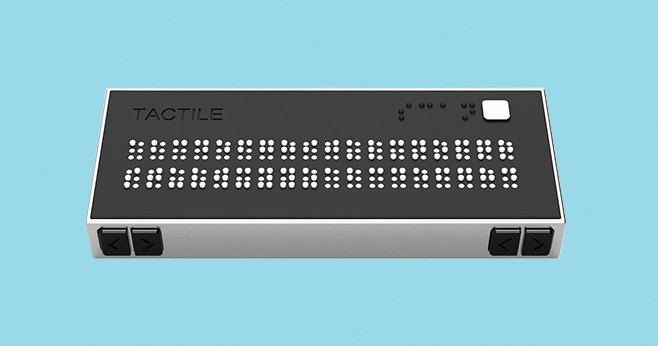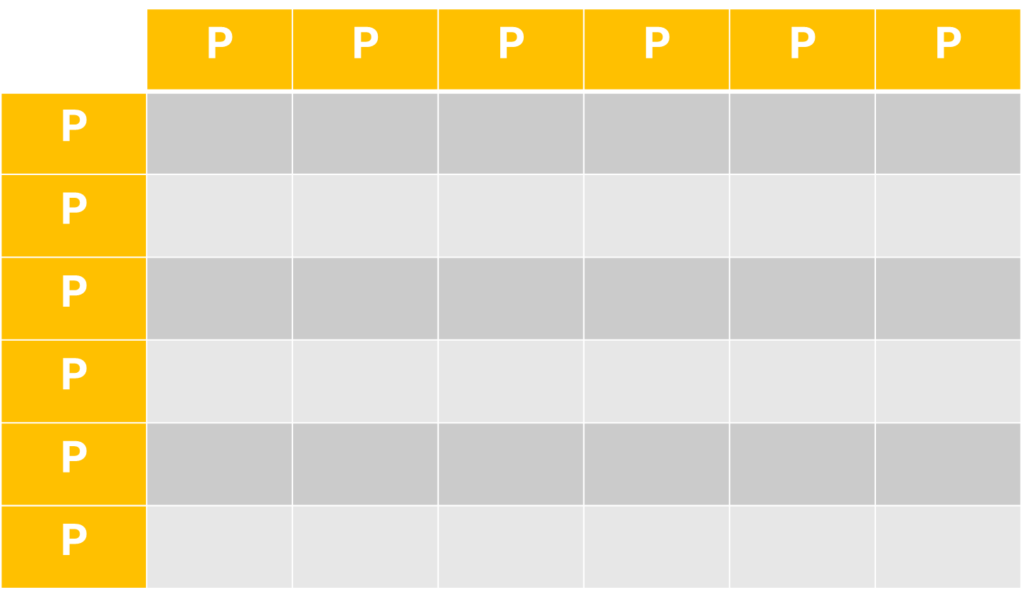Idea 1: Virtual Microbiology Lab
My first idea is to make a physically interactive version of my second assignment. So, the user would move a pen on top of a board. On the pen, there would be a button and a RGB LED mounted on opposite ends. The idea is to make the pen look like a pipette. If possible, I plan to have more than one pipette to represent different strains of bacteria. In that case, there might be one more sensor to identify which “pipette” is being picked up. This would link back to the p5 sketch to control the color of the bacteria.

The board itself would have rows of photoresistors mounted along the length and breadth, meant to detect the light from the LED. The information about the position (obtained from checking which photoresistors get the brightest measurement) will be used to map the bacterial colonies to the p5 sketch, which will then grow on the screen in a way very similar to my assignment.
There are many challenges I foresee. The primary is getting my hands on that many photoresistors. Also, I am not sure if photoresistors have the sensitivity required to differentiate between the light being directly in line vs. off to a small angle. I will also have to eliminate background light, although I have an idea to do so by creating a hood under which the user will have to work. Also, due to the very limited amount of time I have, as well as the amount of other commitments [mainly in the form of Capstone 🙁 ] , it might be hard to implement it.
Idea 2: Braille Translation
My second idea was to kind of make an English-to-Braille translator. On the p5 side, I plan to have the user type out a word. I have two ways of implementing this on the Arduino side:
(a) Using LEDs: In this case, the idea is to serve as a learning aid for Sighted people to learn Braille.
(b) Using Servos to raise pins: This is my preferred means of output, as it would be suitable for both Sighted and Blind people. It would be similar to an already existing device known as a refreshable Braille display.
This project was partially motivated by this project from a couple of years back, which used LEGO Mindstorms to make a Braille printer.

While researching, I also found this handheld refreshable Braille display device made by MIT undergraduates, which serves as a pretty good indication of what the project might look like.


